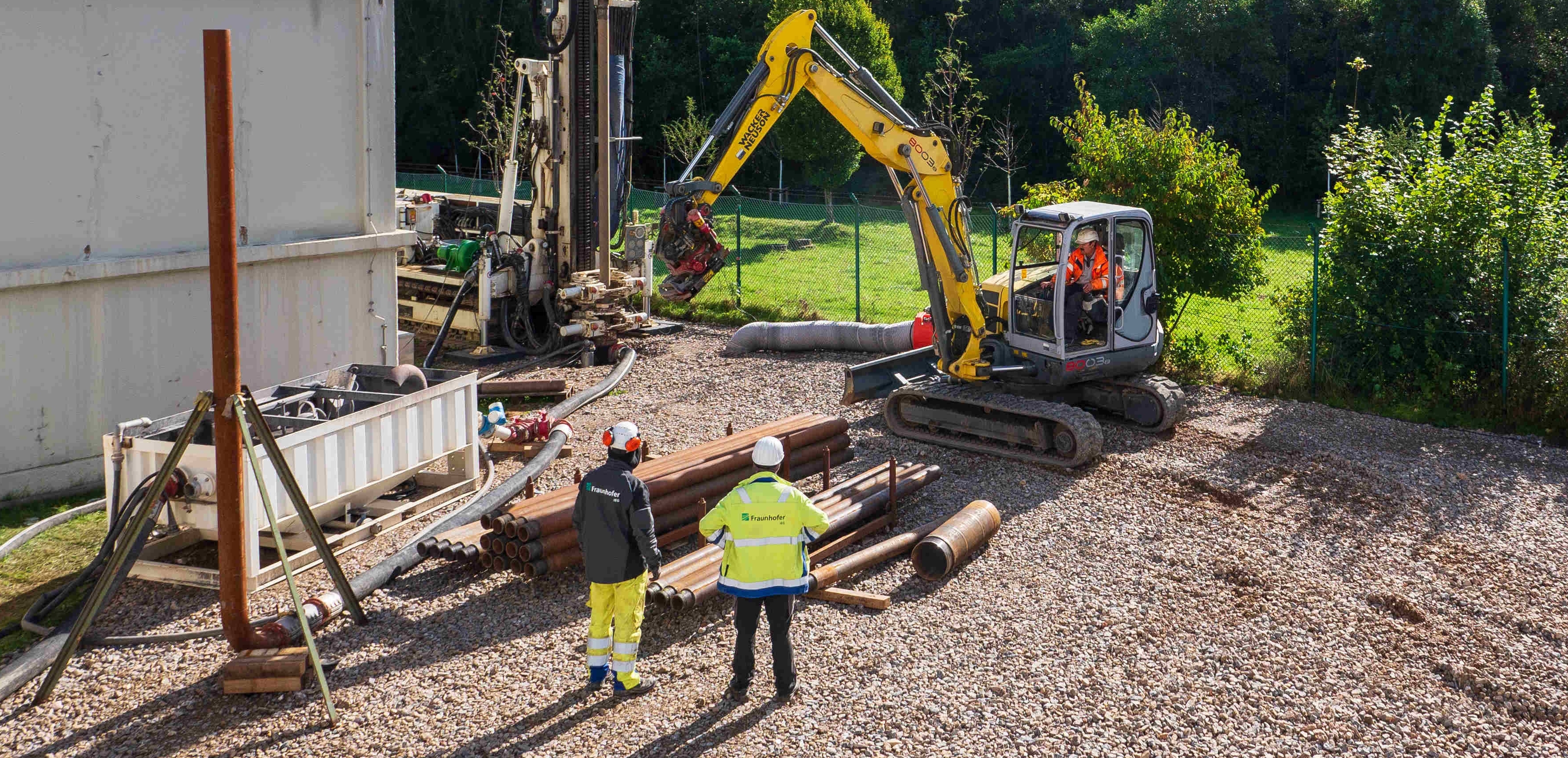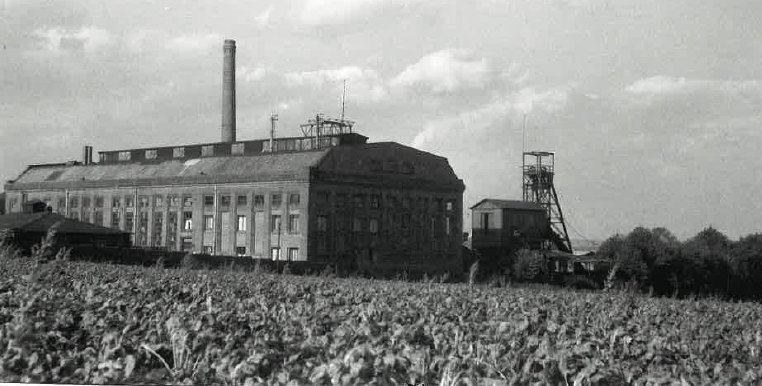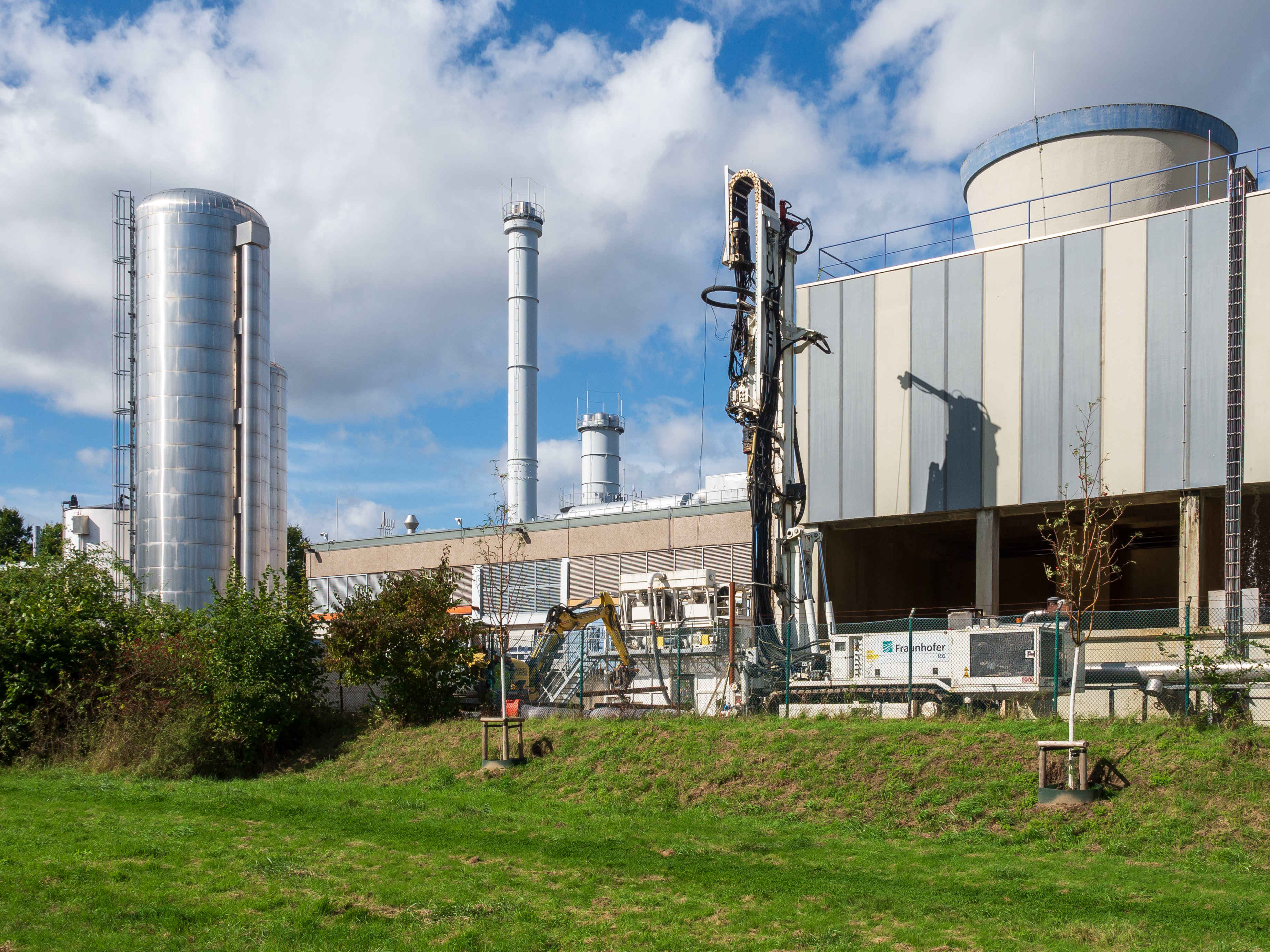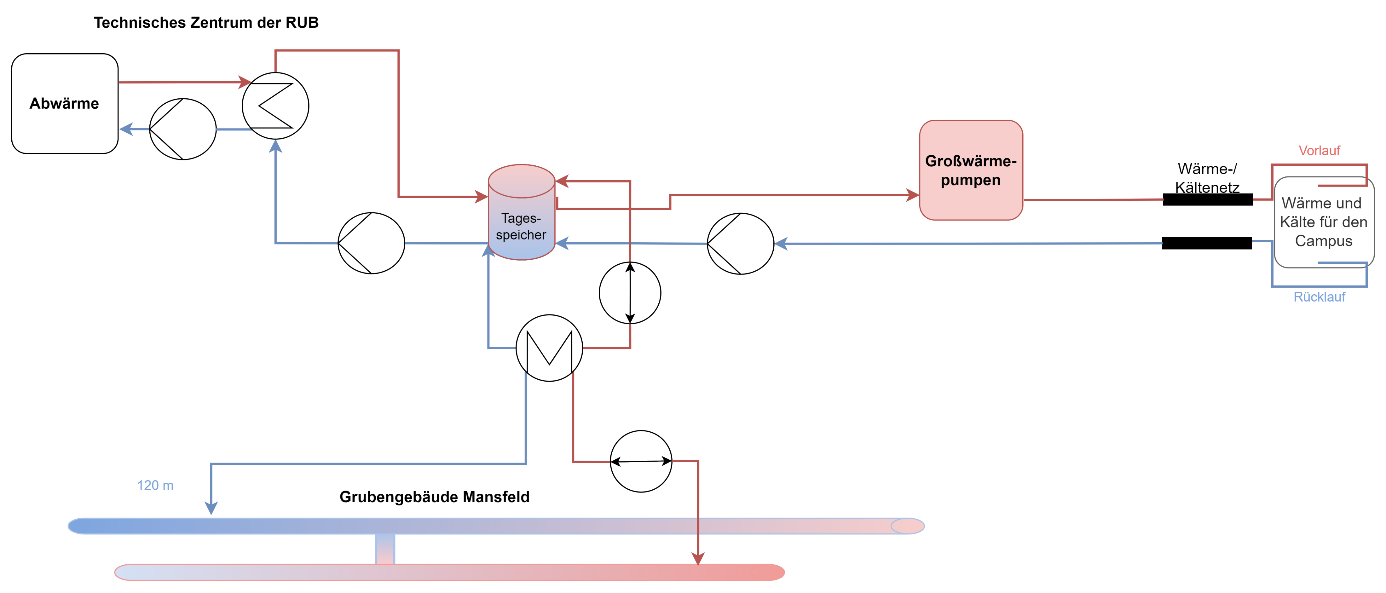Piloting Underground Storage of Heat In geoThermal reservoirs
Within the European consortium PUSH-IT (Piloting Underground Storage of Heat In geoThermal reservoirs; funding code 101096566), the storage of surplus heat from existing heating and cooling networks in the local underground will be demonstrated at a total of six locations across Europe using various underground storage technologies (ATES, BTES, and MTES).
The overarching goal is to reduce environmental impacts, costs, and existing risks associated with the integration of underground storage systems within the framework of the research project, including through newly developed monitoring and quality control measures as well as improved drilling and installation procedures. The involvement of public and private companies, citizens, the analysis and perceptions regarding such technologies, and the development of new business models are key focuses.
The PUSH-IT consortium consists of heat suppliers, well construction companies, public planning offices, and academic partners. Through transdisciplinary collaboration across Europe, the individual demonstration sites will be developed.





